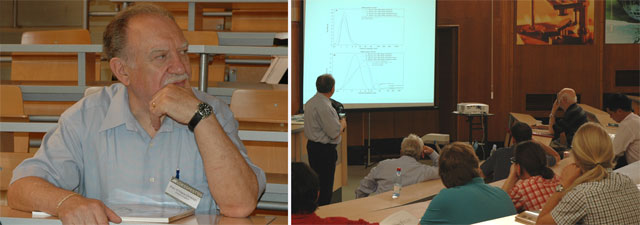LOESSFEST'09 | Aug. 31st – Sept. 3rd, 2009 |Novi Sad-Serbia
A Carefully Designed Set of Bromhead Glacial Grinding Experiments to Study the Generation of Loess Particles
Ken O’Hara-Dhand1
1Giotto Loess Research Group, Waverley Materials Project, Nottingham Trent University, Nottingham NG1 4BU, UK;
The glacial grinding process has been generally accepted as one of the main factors in the production of loess particles. However, previous work has left a lot of questions unanswered. All of the past work conducted using the Bromhead Ring shear apparatus used two opposing rings with a plain grinding surface or with a regular radial array of equally spaced slots. The results gained from grinding with plain surfaced grinding ring produced no loess while those with the regular array of slots did.

In light of past experience and with a considerable amount of analysis now being available from loess from natural resources, and that artificially generated – questions now arise about the role of the shape and distribution of the slots on the grinding process that did produce loess.
The original starting material used for the past loess grinding experiments was 2 mm Leighton Buzzard washed and sieved sand although three experiments were conducted on pure vein quartz from Brazil which also produced loess sized particles. Of particular interest with the results from both the artificially produced loess and that from a number of locations around the world has been the dominate 20 and 40 mm peaks that occur in the analysis of both types of loess. At present there is no plausible explanation for this although it is suspected that Moss defects, (micro-fractures), play a part in this process. However, this has raised another question and that is, why did the loess produced from the pure vein quartz also show evidence of these two peaks at 20 and 40 mm.
In addition two sets of other grinding experiments have been conducted with a disc and ball mill for comparison purposes.
It is for this reason that a new and more carefully thought out new set of quartz grinding experiments have been conducted.



